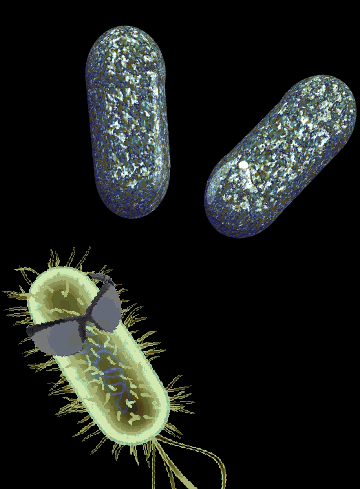Bug named for COVID leader

When University of Adelaide researchers discovered a new type of lactic acid bacteria, they wanted to pay homage to someone who allowed them to continue their work during the height of the COVID-19 pandemic.
They have now introduced Nicolia spurrieriana – named after SA Chief Public Health Officer, Professor Nicola Spurrier – which could potentially be used in the fermentation of wine, sourdough bread and pickled foods.
“We decided to name the new bacteria after Nicola because she led a science-based strategy to manage the pandemic in South Australia to prevent COVID-19 from spreading before vaccines were available,” said PhD student Scott Oliphant, from the University of Adelaide’s School of Agriculture, Food and Wine.
“This allowed us to continue our research when many labs around the world were shut.
“We are grateful to Nicola for her leadership during a challenging time for the state during the past two years.
Professor Spurrier says she is extremely honoured to have a new type of bacteria named after her.
“My father Dr Ross Smith was a clinical microbiologist for the University of Adelaide’s School of Medicine for many years - this would have given him much pleasure if he was still alive,” Professor Spurrier said.
The Nicolia spurrieriana bacterium was discovered – along with three other species – when researchers were analysing micro-organisms on stingless bees.
This discovery is the first description of lactic acid bacteria found in stingless bees in Australia. The bacteria were found to be abundant in both the bee and the honey it produces.
Considering the broad use of lactic acid bacteria in both the food and medical industries, the opportunity to employ new strains or species could improve processing and economic efficiencies of existing fermentations or enable new processes.
Part of a broader project led by Professor Vladimir Jiranek, the work seeks to find new organisms that ideally exhibit unique properties.
“It is very distinct genetically from other types of lactic acid bacteria,” Mr Oliphant says.
“It has a much larger genome than its neighbours, as well as the presence of unique genes not shared by other lactic acid bacteria.
“This means it could very likely contribute to unique characteristics in food fermentation processes, such as in the creation of bread or pickling various foods. We will also test its ability to aid in winemaking … everybody loves unique flavours in wine, as long as they are delicious.”
More details are accessible here.








 Print
Print